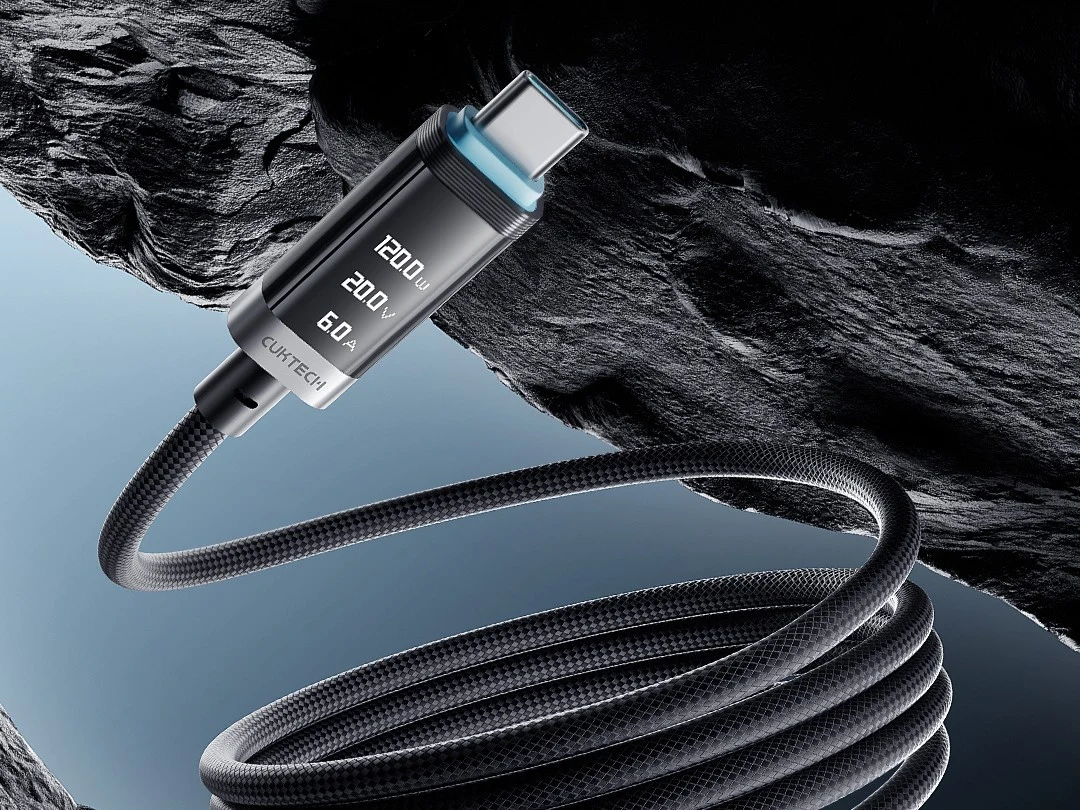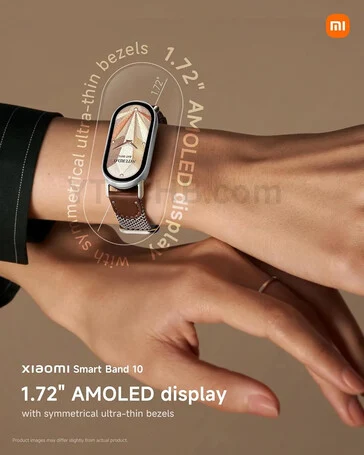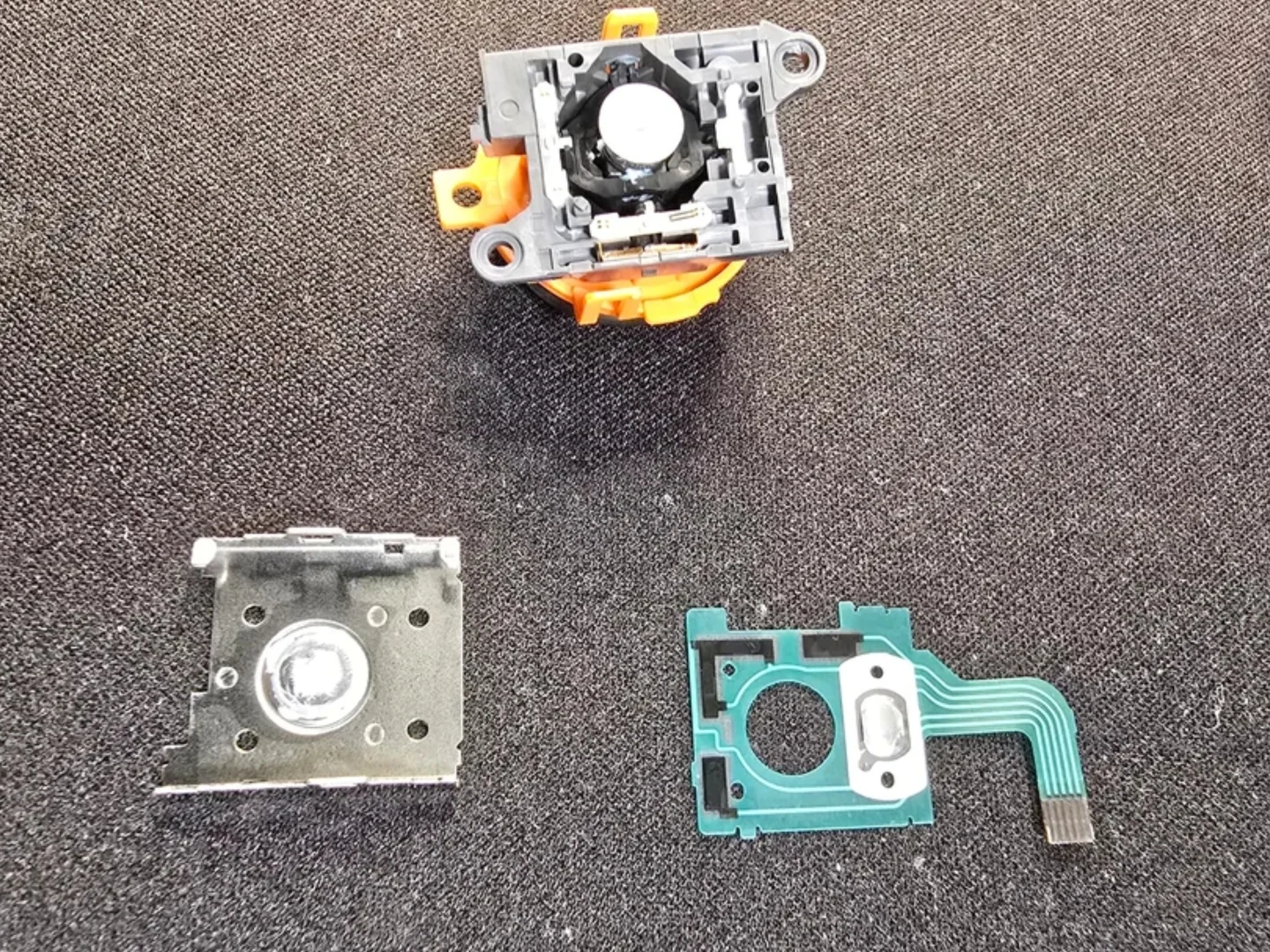Key Takeaways
1. The Cuktech 6 Braided Digital Display Power Cable is a USB-C to USB-C cable designed for rapid charging up to 240W (48V/5A).
2. It is compatible with Xiaomi’s 120W HyperCharge and Apple CarPlay, and features a 1.5-meter length with a 48-strand braiding.
3. The cable includes an OLED display that shows real-time charging details like current, voltage, and power output, consuming only 0.03W of power.
4. The product is set to launch in China on June 10th, with a retail price of CNY 80 (around $11).
5. Availability in the US is uncertain, although Cuktech sells other accessories, including a 45W power bank.
The Cuktech 6 Braided Digital Display Power Cable (Magnetic OLED Version) is set to debut in China soon. This cable is a USB-C to USB-C type, created for rapid charging of devices such as smartphones, laptops, and tablets.
Charging Power and Compatibility
This braided USB-C cable can handle charging up to 240W, delivering power at 48V/5A. Cuktech highlights its compatibility with the Xiaomi 120W HyperCharge, which allows for a 6A current, and it also works with Apple CarPlay. The cable measures 1.5 meters (approximately 5 feet) long, and Cuktech asserts it features the same 48-strand braiding as Apple’s comparable products. Additionally, its magnetic characteristics help keep it organized and free of tangles.
OLED Display Features
On one end of the Cuktech cable, there is a connector casing that includes an OLED screen designed for ultra-low power use, reportedly consuming just 0.03W. This display provides real-time charging details such as current, voltage, and power output, all visible at once. Cuktech claims the screen brightness is gentle enough for nighttime use.
Launch and Pricing Information
The Cuktech 6 Braided Digital Display Power Cable is expected to launch in China on June 10th, with a recommended retail price of CNY 80 (around $11). It remains unclear if or when this product will be available in the US, where Cuktech already offers accessories, including a 45W 20,000mAh Power Bank priced at $29.99 on Amazon.
Source:
Link













